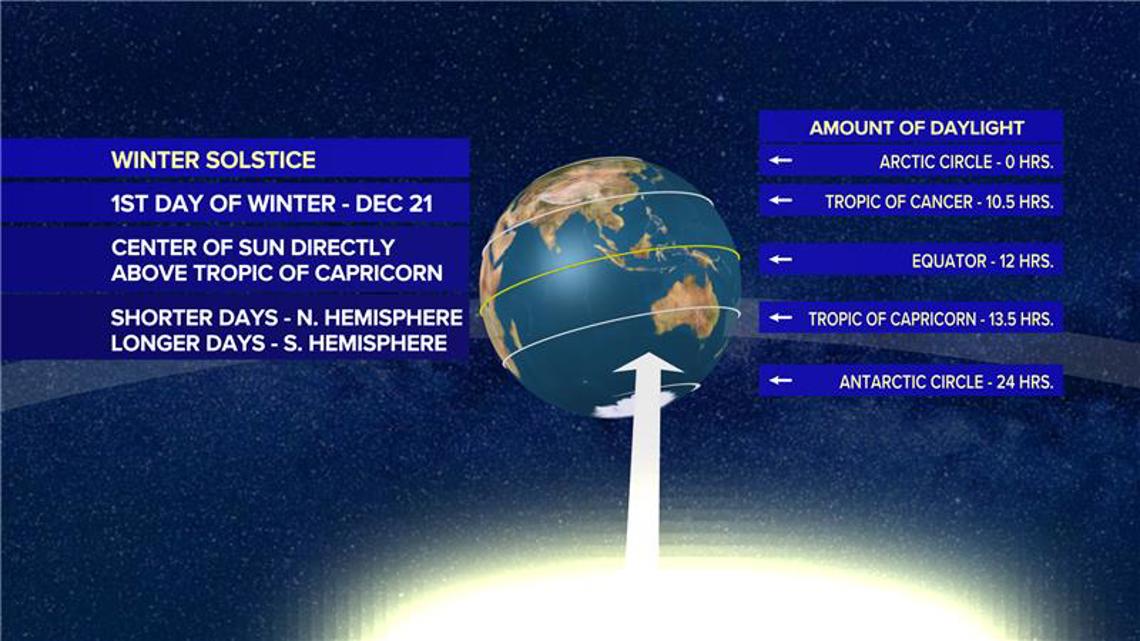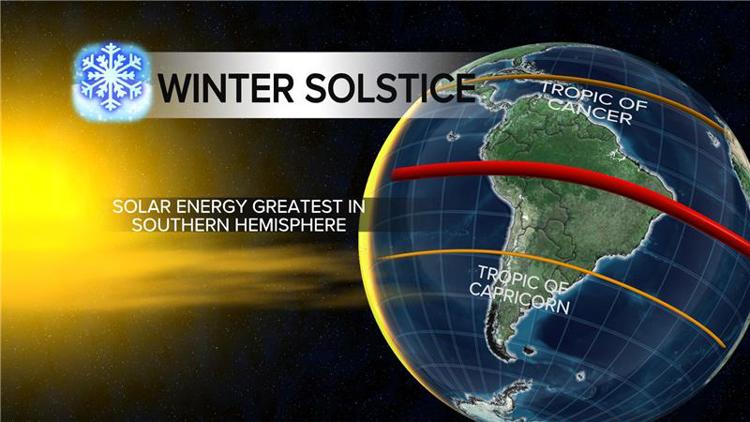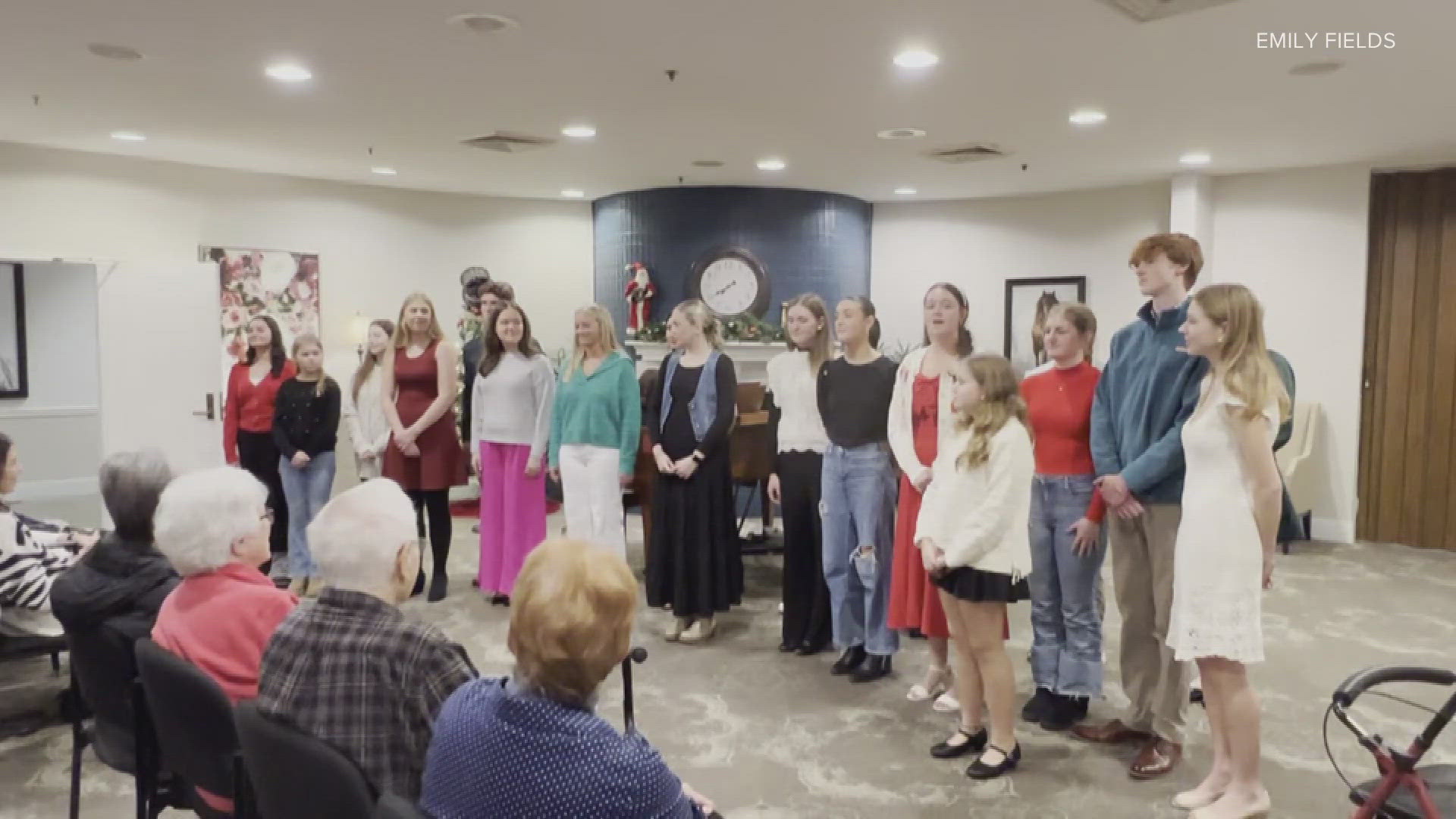LOUISVILLE, Ky. — As holiday lights brighten the streets across the country, those in the northern hemisphere are also preparing for the shortest day of the year.
The winter solstice is coming up. Here is what you need to know.
A solstice happens twice a year when the sun’s apparent path is the farthest north or south of the equator. Solstices mark the start of the astronomical winter and summer seasons – or the “shortest” and “longest” days of the year.
At 4:20 a.m. EST, the winter solstice "marks the beginning of winter in the Northern Hemisphere and summer in the Southern Hemisphere," according to NASA.


The solstice is also the first day of astronomical winter.
Astronomical seasons are caused by the tilt of the Earth on its axis as it rotates around the sun; these are the seasons you may see on a calendar.
Dec. 1 kicked off meteorological winter in the northern hemisphere.
Meteorological seasons are used primarily for the documentation of climate information. Each season is an even 3-month period, falling more in line with our civil calendar.
While the start of astronomical seasons will change a few days from year to year, meteorological seasons will always start on the first days of December, March, June, and September - respectively.
After the solstice, every day will have a little more sunlight than the one before. By the time we reach the summer solstice on June 20, 2025, it will be the longest day of the year.
Even if Dec. 21 feels particularly dark, fret not, the solstice is actually a celebration of the sun's return.
"The ancient cultures knew that the Sun’s path across the sky, length of daylight, and location of the sunrise and sunset all shifted in a regular way throughout the year," an article on the solstice from NASA reads. "Additionally, people built monuments, like Stonehenge in England and the Torreon in Machu Picchu, Peru, to follow the Sun’s annual progress and predict its movements."
Human have honored the winter solstice for millennia. Together, those of us in the Northern hemisphere will experience one of the darkest nights and wait patiently for the rising sun to bring back the light.



